Horror comics are a subgenre of comic books or graphic novels that focus on telling frightening and macabre stories. These comics use visual and narrative elements to create a sense of fear, dread, and unease in readers. Horror comics can explore a wide range of themes and subjects, from supernatural creatures and monsters to psychological horror and suspenseful thrillers.
Horror comics definition
Horror comic book, comic strip, manga and graphic novel is a comic classification that basically deals with the horror genre. It intends to impose fear and terror to frighten its readers. Scary comics can either be supernatural or non-supernatural. It aims to provoke a response; psychological, emotional, or a physical reaction to fear.
To elicit this response, horror comic books use several techniques, unreal figures such as ghosts and aliens and real figures like serial killers and lunatics. A horror comics main ingredient is to have something unexpected in its story, something that can build the reader’s fear of the unknown and his/her own anxieties.
Here are some key characteristics and elements commonly found in horror comics
- Supernatural Elements: Many horror comics feature supernatural elements such as ghosts, vampires, zombies, demons, witches, and other paranormal entities. These supernatural elements often serve as the primary source of horror in the story.
- Gothic Settings: Horror comics frequently take place in dark and eerie settings, such as haunted houses, abandoned asylums, cemeteries, and other ominous locations. The atmosphere and environment play a significant role in setting the mood.
- Macabre Artwork: The artwork in horror comics is often characterized by its dark and unsettling visuals. Creepy and detailed illustrations help convey the horror and tension of the story. Artists use shadows, grotesque imagery, and intense facial expressions to evoke fear.
- Moral and Ethical Dilemmas: Horror comics sometimes explore complex moral and ethical dilemmas, forcing characters to make difficult choices in horrifying situations. These dilemmas can add depth to the storytelling.
- Psychological Horror: Some horror comics focus on the psychological aspects of fear and horror. They delve into the minds of characters who may be experiencing hallucinations, paranoia, or other mental distress.
- Suspense and Shock: Effective horror comics build suspense through pacing, gradually revealing the horrors within the story. They often employ jump scares and shocking twists to keep readers engaged and frightened.
- Character Development: Well-developed characters are essential in horror comics. Readers need to connect with and care about the characters, which heightens the emotional impact when they face terrifying situations.
- Themes of Death and Decay: Death and decay are common themes in horror comics. These themes can manifest in the form of decaying bodies, mummies, or the idea of mortality itself.
- Exploration of Fear: Horror comics often explore the nature of fear itself, how it affects individuals, and the lengths people will go to confront or escape their fears.
History of horror comics
Horror comics gained popularity after the 2nd World War but crashed in the middle of the 1950s. In recent years, scary comic books made a surprising comeback, influencing the movies, tv series and other media.
The first stand alone horror comics was Dr. Jekyll and Mr. Hyde (1943) by Robert Louis Stevenson while Adventures of the Unknown (1948) is the first horror comic book to be published regularly.
In the early 1950s, publishers of spooky comic books were perceived as having crossed the boundaries of good taste by the public and others became concerned about the dangers comic books posed. Public outcry brought matters on a head in 1954 with Congressional hearings that targeted horror and other violent comic books as contributors to the juvenile delinquency crisis, then sweeping America.
This resulted to the comic book industry to form a self-regulating body, Comics Magazine Association (CMAA). The Comics Code Authority (CCA) caused many horror comic books publisher revamped their titles or in some cases (like EC comics) simply stopped their publication.
Early forms of horror comics (1947 – 1954) were characterized by gruesome scripts and illustrations which mainly consists tales of supernatural and the non-supernatural, sexual perversion, sadism, torture, cannibalism, lycanthropy, dementia and other outré horrific elements.
Top 10 horror comic books
1. Tales from the Crypt comics (1950 – 1955) – the most famous and notorious horror comic book series in history.
It was first published in the 1950s by EC comics along with its sister horror titles, the Vault of Horror and The Hunt of Fear. The horror anthology series became a particular target by the Senate Subcommittee on Juvenile Delinquency, said to terrorize the comic book industry and created the self-censoring Comics Code which forbids anything too racy or grisly in horror themed comics and graphic novels.
The code forbid the words terror and horror in its titles and the presence of zombies, vampires, ghosts and other ghastly staples is no longer allowed in its covers. This resulted to Tales from the Crypt and its narrator, the Crypt Keeper’s early and unfortunate retirement. Tales of the Crypt was resurrected as a feature film in 1982, not only that it also became a long running syndicated horror series.
2. House of Mystery (1951) – during the pre-code heyday, DC comics had their own crop of spooky titles.
The House of Mystery comics is a horror – suspense anthology series, however due to the anti horror comics at that time, DC started publishing sci-fi stories in that title which later on became confusing to its readers, especially to the kids who open a House of Mystery comics and find no house, no mystery; instead spaceships and aliens.
With the Comics code restriction slowly lifting, House of Mystery began to live up to its name once more. They introduced a host, Cain, a creepy old guy which lasted until 1983. Cain’s introduction became popular as it scared little kids and no doubt created an entire generation of future Goths.
3. Eerie (1966 – 1983) – a forerunner of the horror revival scene in the early 1970s. Eerie got away with the restrictions of the comics code at that time, being not a comic book per se, but a black and white comics magazine.
It featured the continuing adventures of the Mummy, Dracula, The Spook and many others.
4. Vampirella (1969) – this comic series features a mix of horror hostess; Vampira, Barbarella, and a vixen from the Russ Meyer B. movie.
Created in 1969 by Forrest J. Ackerman, Vampirella’s character was made to be like the Crypt Keeper, a horror hostess that tells haunting and fearful tales.
5. Tomb of Dracula (1972 – 1979) – released by Marvel comics, Tomb of Dracula lasted 70 issues. This spooky comic series ushered a new wave of Marvel horror comic books such as the Werewolf by Night and Monsters Unleashed.
As the self-censoring Comics code relaxed their limitations on what is allowable to publish in mainstream comics, Tomb of Dracula was then free to include vampires, werewolves and other ghouls in their stories.
6. Werewolf by Night (1972) – with Dracula now firmly established at Marvel comics, they decided to focus attention for another classic monster for inspiration, the Werewolf… by Night.
The werewolf saga featured the main protagonist Jacob Rusoff and his endless quest in search of a cure. Finding none, he eventually learned to control his abilities and could change form at will. This was done to make him more of a traditional superhero.
7. From Hell (1991 – 1996) – created by Allan Moore and Eddie Campbell, this serialized comic speculates the character of Jack the Ripper, his identity and motives.
8. 30 Days of Night (2002) – a 3-issue horror comic book by Steve Niles. The story centers on a pack of vampires attacking a small town in Alaska, one that doesn’t see the sun for 30 days.
9. Swamp Thing – Created by Len Wein, this series redefined the character Swamp Thing and introduced complex, philosophical horror themes in a story about a scientist transformed into a plant elemental. The character first appeared in House of Secrets #92 (July 1971) in a stand-alone horror story set in the early 20th century.
10. Locke & Key (2008 – 2013) – Written by Joe Hill and illustrated by Gabriel Rodríguez, this series revolves around a family who moves into a haunted mansion filled with magical keys that unlock various supernatural powers.
These are just a selection of some of the most influential and well-regarded horror comics. Depending on your specific interests within the horror genre, you may find other titles that resonate with you. Horror comics offer a diverse range of styles and themes to cater to different tastes in horror storytelling.
Horror comic value
Comic book value depends on various factors. This goes the same with horror comic books, its value considers the age, the grade and condition, rarity, popularity of the comics, and many others.
Classic and rare horror comic books such as the Adventures into the Weird World, Baffling Mysteries, Black Magic and many other pre-Code 1940s – 1950s are now sought after items to those who collect horror comics, hence they hold higher price & value.
If you want to know more about a horror comic’s worth, a comic book grading guide will give you an idea.
The value of terrifying comic books relies greatly on how well preserved they are, readable and well intact. Also it depends on the comic collector as to how much he or she is willing to pay for a particular horror comic issue.

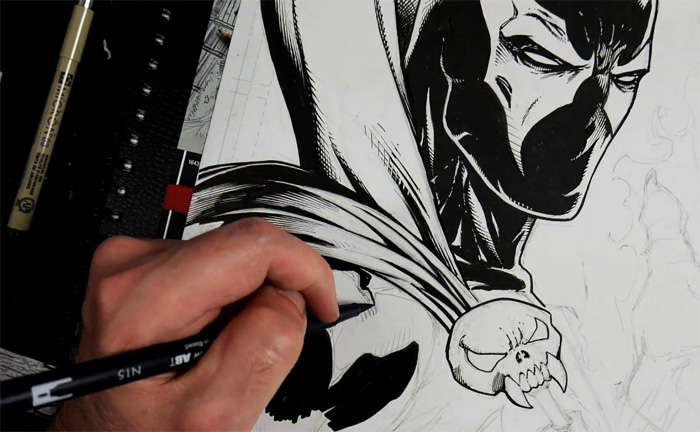
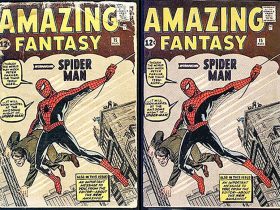
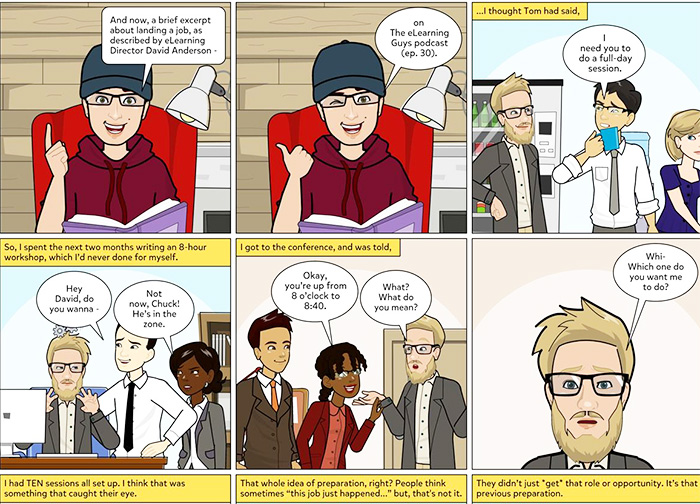
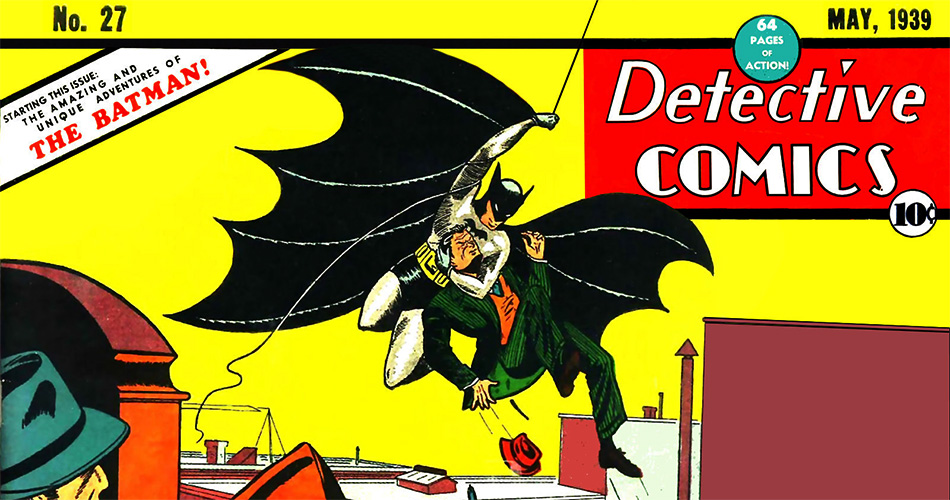
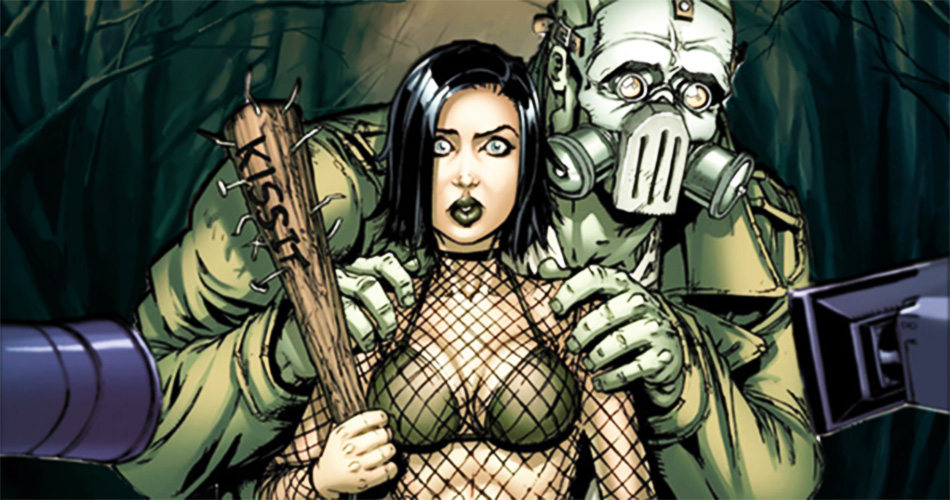
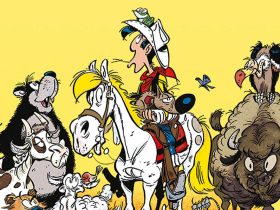
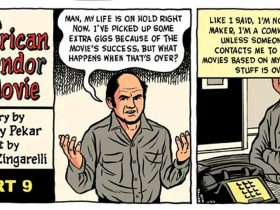
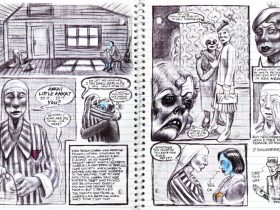
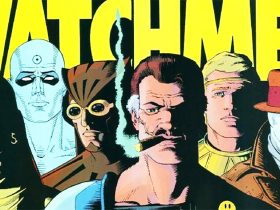
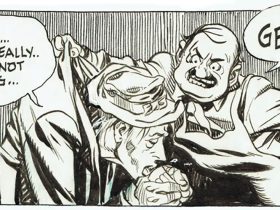
Leave a Reply